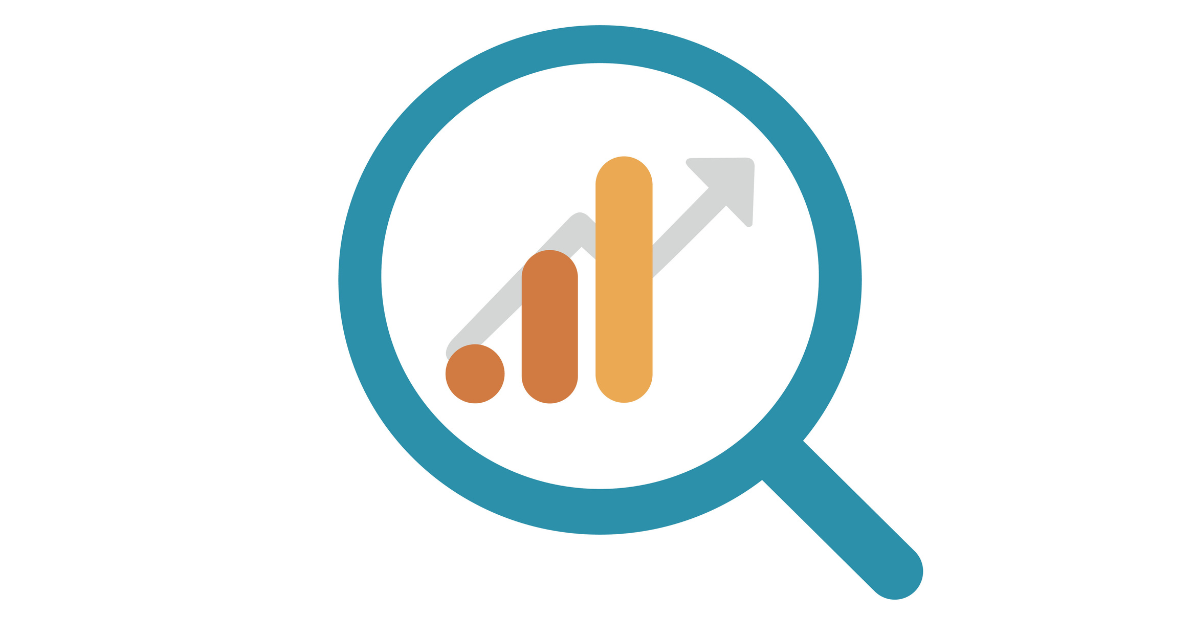As marketers, we go into each cycle with entirely new goals and KPIs in mind. These are marketing buzzwords that everyone recognizes but do we actually know the difference, and more importantly, the purpose behind each of them? In today’s blog, we will explore goals versus KPIs and break down what each of these terms truly means.
What Are Goals and How Are They Measured?
It’s pretty easy to picture what a goal is when asked. Often, we think of the personal or professional ones we make at the beginning of the new year. Businesses also have a routine of making goals at consistent intervals whether that’s annually, quarterly, or monthly. These goals are made with an outcome in mind. We’re hoping to complete an action or reach a resolution by a certain point in time.
When it comes to goals, it’s important to make the right ones. Naming something and setting it aside to revisit once a year isn’t helpful. The same goes with any goals that don’t actually have an impact on your bottom line. For example, making it a goal to see visitors on your website isn’t as impactful as making it a goal to have a specific number of downloads or email sign-ups.
The thing with goals is that no matter how small or large they are, they should be measurable. These are long-term aspirations tied to your company’s mission and function at a high-level. In addition, there are usually multiple ways to reach these aspirations.
So how do we go about measuring these goals? This is where KPIs come in.
The Purpose of KPIs
KPIs or Key Performance Indicators are metrics used to measure progress towards a goal. These are benchmark data points that show you whether or not you are moving in a positive direction (towards your goal) or negative direction (away from your goal). There are all kinds of KPIs that can be included in your reporting each month to determine how you’re doing. Some common ones include:
- Reach: How many customers and potential new customers came across our messaging?
- Traffic: How many website or social media visits did we average through a specific time period?
- Conversions: How many people signed up for emails, downloaded a whitepaper, scheduled a demo, etc.?
Remember that KPIs are always tied to a business goal which makes them differ from any random metric. KPIs can, in fact, include multiple metrics as long as they relate to what you’re trying to achieve. For example, if you’re looking to increase whitepaper downloads, a measurable KPI for this would be the number of downloads.
Goals vs. KPIs
KPIs are not the same as goals. While goals represent an outcome you hope to reach, a KPI functions more as a progress tracker and is not an actual outcome. KPIs are there to inform and give you an idea of how well you’re doing and what can be adjusted.
For example, the goal may be to increase sales. KPIs to measure this may include increases in website visits, email newsletter sign-ups, or even abandoned carts. Metrics like these tell part of the story and can show you whether or not you’re moving in the right direction. Increased website visits may not be the goal but is a good performance indicator because more traffic can lead to more sales.
So, what comes first — the goal or the KPIs? It really depends on how you run your business. Traditionally, it can make a lot of sense to create your goals and then assign KPIs to help you measure where you’re at in achieving those goals.
However, for some companies, it works just as well to create a KPI-first setup. Why is that? Building out your KPIs can lend to a strategy. Everything you do is data informed. By that we mean that goals are adjusted based on what you’re seeing each month, quarter, year, etc. For example, you may keep close watch over KPIs related to engagement or customer satisfaction. As these trend up or down, you’ll know exactly what strategies to alter to improve the data.
Your marketing strategy is unique to your business so either approach or even a mix of both is fine as long as it’s working to inform your decisions and grow your company.
The Takeaway
Having both KPIs and goals in mind is vital when you’re focused on growing your brand. It’s difficult to run a successful strategy or campaign without one or the other because you wouldn’t have an idea of what to work towards or how to measure it. Knowing what each of these means for your business, clarifying it amongst your team, and ensuring everyone is on the same page is how you successfully accomplish what you’re hoping to achieve.



